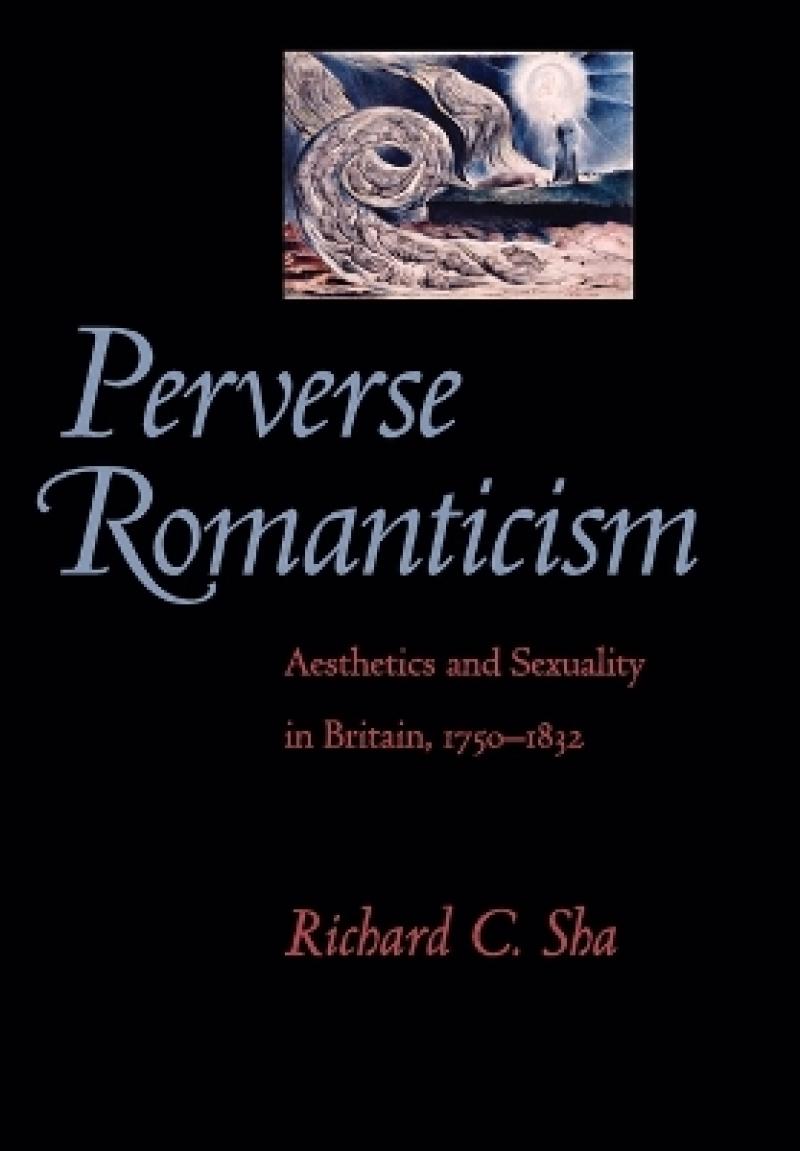An impressive display of Sha's masterful grasp of a wide range of scholarly literature, and a provocative thesis that will be of interest to academics in all three fields. -- Katie Gray H-Net Reviews 2009 Sha brings to these topics a keen intelligence buttressed by up-to-the-minute scholarship... He dazzles by the quantity and breadth of his reading and embodies the best interdisciplinary approaches so many scholars tout but rarely incorporate. -- George Rousseau Social History of Medicine 2010 His theoretical insights come together with acute readings and strong historical research. Times Literary Supplement 2010 Richard C. Sha's fine study takes Byron's theme of 'perversion' in a different direction from the ethical, demonstrating how Romantic medical writing about the perverse influenced literary Romanticism... Fascinating book. Byron Journal 2010 Stunningly brilliant and original... a distinguished work that is well worth reading. -- Geraldine Friedman Review of English Studies 2010 Strong scholarship. -- Myron D. Yeager ANQ 2010
Acknowledgments
Introduction
1. Romantic Science and the Perversification of Sexual Pleasure
2. Historicizing Perversion: Perversity, Perversion, and the Rise of Function in the Biological Sciences
3. One Sex or Two? Nervous Bodies, Romantic Puberty, and the Natural Origins of Perverse Desires
4. The Perverse Aesthetics of Romanticism: Purposiveness with Purpose
5. Fiery Joys Perverted to Ten Commands : William Blake, the Perverse Turn, and Sexual Liberation
6. Byron, Epic Puberty, and Polymorphous Perversity
Notes
Works Cited
Index
—George E. Haggerty, University of California, Riverside

